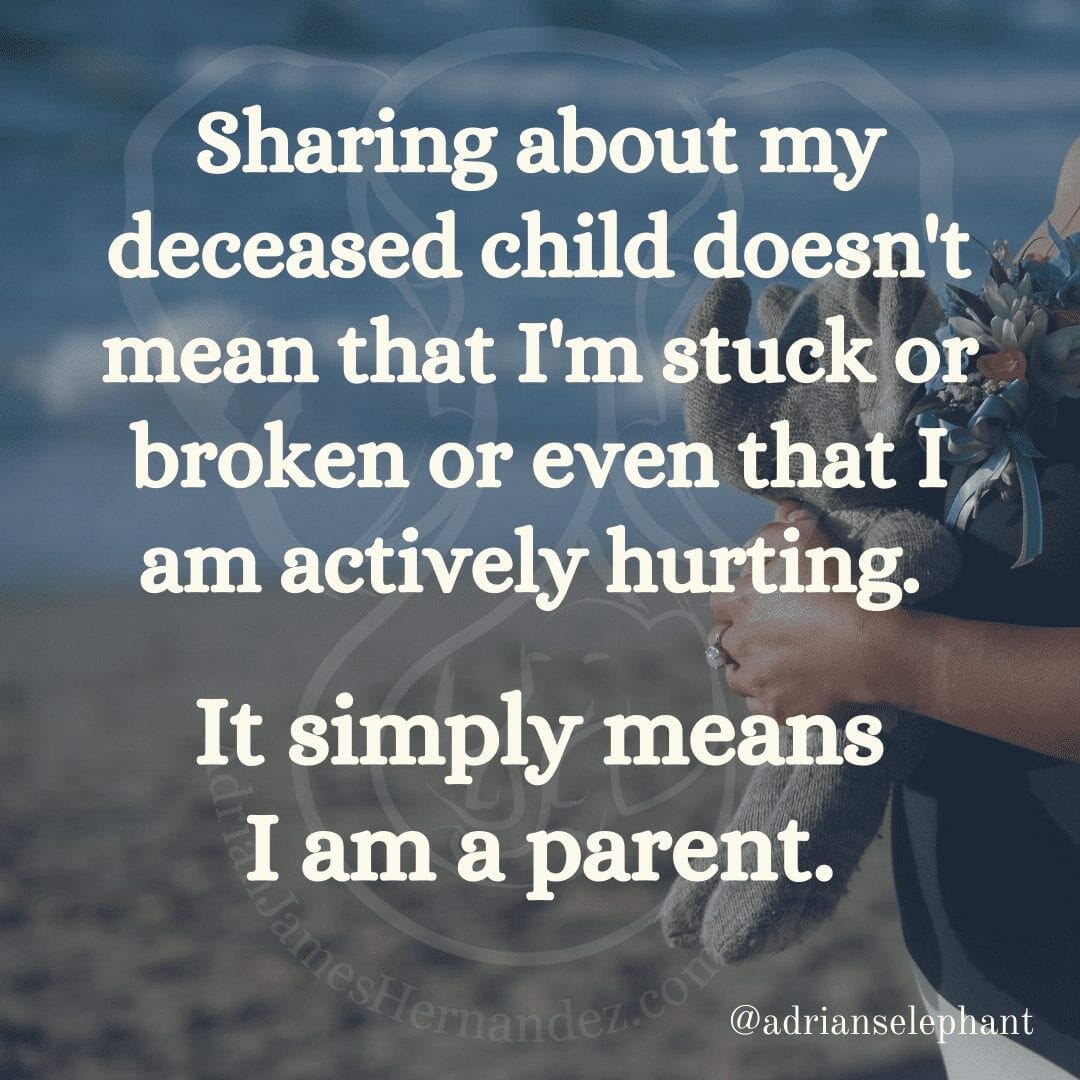I remember reading in my insurance policy many years ago that a fetus over 20 weeks gestation is automatically covered under life insurance. I thought it was weird at the time. I wasn’t pregnant yet, although I was planning to be. I guess it makes a certain amount of sense, though; 20 weeks is the line used in the United States to divide miscarriage from stillbirth. Twenty weeks is also the point of gestation after which many states require a stillborn fetus to be buried or cremated1. In that light, and since I did use a large portion of my policy to pay for the cremation and funeral of my son, I am a little thankful and also still sad that this was a necessary thing I found myself using.
Money is a difficult subject in general. It doesn’t surprise me, then, that money matters associated with death are doubly hard. I never thought I would be reading about the financial “benefits” of losing a child. I never thought anything like that would be relevant to me.
When I was pregnant with my son, I talked to my financial advisor about modifications to my budget. I have always been a strict planner, and I wanted allocation plans for new expenses; things like child care, clothes, and diapers. Together, we put together new numbers, and following his advice, I modified my W4. He said it made the most sense, because although I wasn’t due until June, I would be able to claim my son as a dependent for the entire year. I wish this had been true.
The IRS is a funny beast. As anyone who’s tried to do their taxes on their own can attest, they have rules and regulations for pretty much everything. They even have a rule for what qualifies as birth.

According to the IRS, a child qualifies as a dependent is he or she is born alive, as recognized by the laws of the state in which they are born. It doesn’t matter for these purposes the age or gestation of the child, or if the child dies immediately following birth. It only matters that they were born alive, even if only for a moment.
This is the criteria that qualifies a child for issuance of a social security number, and a birth certificate. This is the criteria that determines, in essence, whether a human being exists.
My son was born at 41 weeks and 1 day of gestation. He was 9 pounds, 0 ounces; 22 inches long. He had chubby cheeks and a full head of brown hair. He had a funeral. He has a name. He has a beautiful name, but no birth certificate. No death certificate, either.
And this was something I found out, reading the IRS website at 2 o’clock one morning. I didn’t sleep a lot in the beginning. I didn’t do much of anything except mourn my son. So I found this passage, and it stuck with me. Because according to the federal government, my son was never alive.
You may wonder why this bothers me. I’m not personally hurting for money, though I know many parents who are. But think about it this way — how would you feel if one of your children wasn’t considered a human being? How would you feel if his personhood depended on whether or not he qualified for a tax ID?
And I guess this is what it comes down to — our society is built on strange premises. And for the purpose of determining personhood, we use financial definitions. And we don’t think about the consequences for those who don’t quite fit.
My son didn’t “fit.” And that’s just another piece of this giant mess that hurts.
Related Posts:
Adrian’s Story: Adrian’s Funeral
[sta_anchor id=”1″ /] 1 – Laws with the US vary by state, but some are highlighted in the following articles: Miscarriage Burial Laws, “Connecticut Office of Legislative Research”; State-Mandated Mourning for Aborted Fetuses, “The Atlantic”; Should Parents Bury Miscarriage Remains?, “ABC News”; Dead Fetuses Are Not Remains, “Slate”







































































































































































